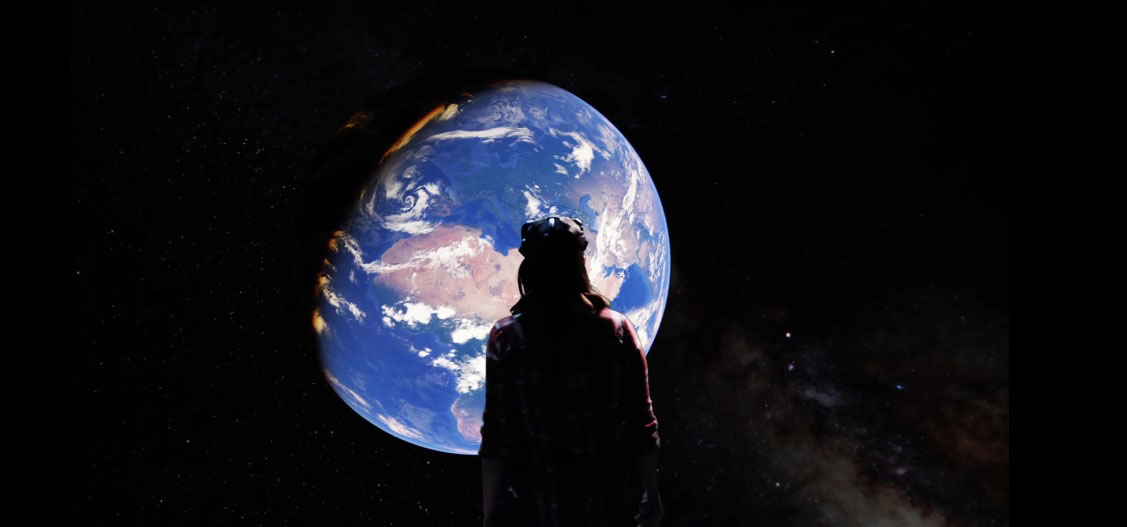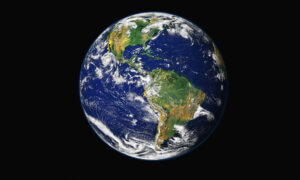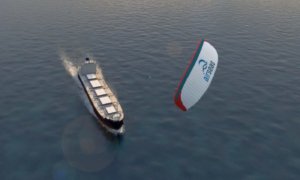Have you heard of a digital twin of Earth? No, it’s not a twin green planet that could host us if we destroy this one but an impressive idea, nonetheless: a way to prepare for future catastrophic events.
The goal? Pretty straightforward: help scientists, as well as authorities, to plan better for such calamities, saving lives in the process.
EU researchers are referring to this project as Destination Earth and it’s going to start next year. To model future climate trends, the computational power needed is significant, meaning only supercomputers and cloud-based systems can handle the task.
Unfortunately, there are no supercomputers at the moment that can host a digital Earth to a 1-kilometer (0.6-mile) resolution. The importance of the project is, however, understood at a large scale, so 8 billion Euro were invested in the development of exascale computers last September.
Until that happens, DestinE will be built on existing supercomputers that will come to life next year. The team of researchers will feed it observational data of our planet and the way humans react towards it to try and understand what might happen in the case of extreme weather events.
The project is expected to run for the next decade and maybe, even help us speed up the green transition: “It will unlock the potential of digital modelling of the Earth’s physical resources and related phenomena such as climate change, water / marine environments, polar areas and the cryosphere, etc. on a global scale to speed up the green transition and help plan for major environmental degradation and disasters.”
Follow TechTheLead on Google News to get the news first.























